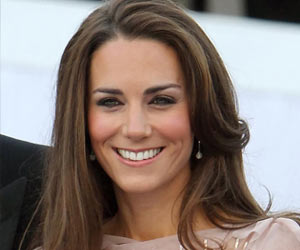Grouping young tennis players according to their physical maturity rather than their chronological age could help us develop future tennis champions.

‘Grouping young tennis players according to their physical maturity rather than their chronological age could help us develop future tennis champions.’





The Lawn Tennis Association (LTA) is collaborating with scientists at the University of Bath to use statistics to avoid selection bias towards early maturing players. Dr. Sean Cumming, Senior Lecturer in Health at the University of Bath commented, "Tennis is a sport that favors youth who are taller and mature earlier than their peers. Our data show that this selection bias impacts girls from the age of 10 and boys from the age of 12. Every extra inch in height of a player increases the velocity of their serve by 5%. At the elite level, it is quite common to find junior players, especially adolescent boys, who are six foot or greater in height." Dr. Cumming added, "The challenge for those working with young tennis players is to look beyond differences in maturity, and recognize those players who may have the greatest potential for success as an adult. While early maturing boys and girls have initial advantages, the pressure to win can lead them to play to their physical strengths at the expense of their technical development. In contrast, talented, yet late maturing players might be excluded or overlooked by talent spotters on the basis of physical characteristics that are not fully realized until adulthood."
The research team, which includes mathematicians from Bath's Institute for Mathematical Innovation, is developing new statistical methods to allow practitioners to better assess and account for individual differences in biological maturity and help ensure players are evaluated on the basis of their physical development, and not just their chronological age.
Gill Myburgh, a Strength and Conditioning coach at the LTA and part-time PhD student at Bath, said, "Being able to more accurately assess and account for individual differences in growth and maturity, is really important when assessing talent. It also helps us design and implement more effective and developmentally appropriate training programs. Growth spurts can increase the risk of injuries, so monitoring players' growth trajectories and adjusting their training programs accordingly is vital in getting the best out of all players, and could be key in spotting and nurturing the next UK tennis star."
Myburgh also sees potential benefits in periodically matching players by maturity status, rather than age, in training and competition. This process, known as bio-banding, is currently being trialed by a number of Premier League football academies.
Advertisement
"It challenges them more and encourages the development of their tactical, technical and psychological skills. Bio-banding also provides late maturing players with more opportunity to use their skills and demonstrate their true potential. Of course, when implementing such strategies it is equally important to consider psychological and technical development, as not all players will benefit from playing in an older or younger age group."
Advertisement
The University of Bath's research team is also investigating using bio-banding techniques in other disciplines such as rugby, football and ballet.
Source-Newswise















